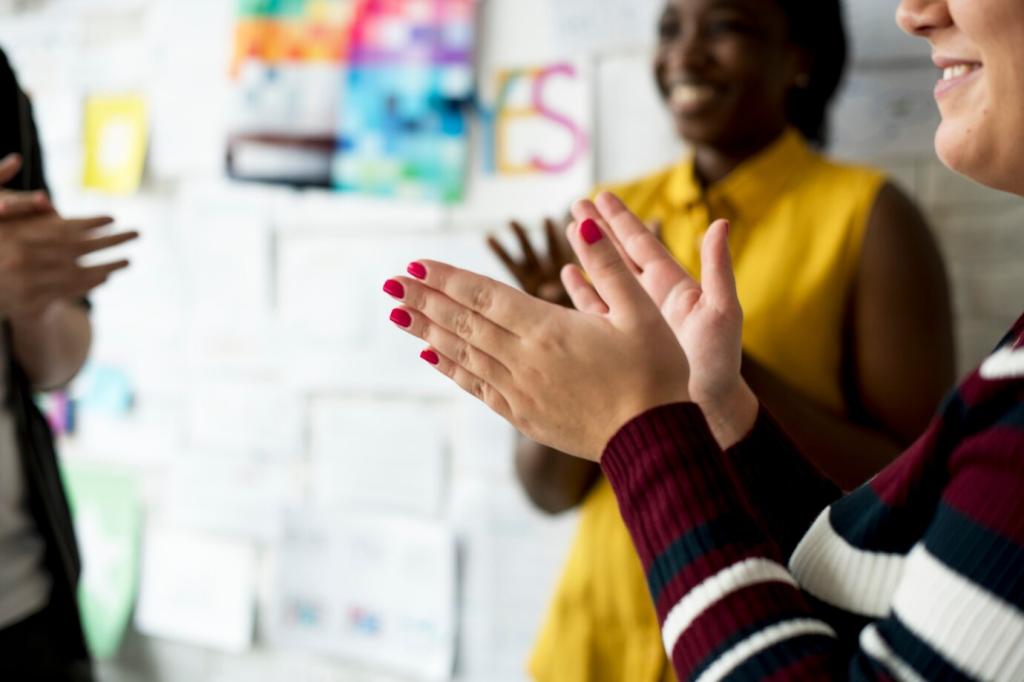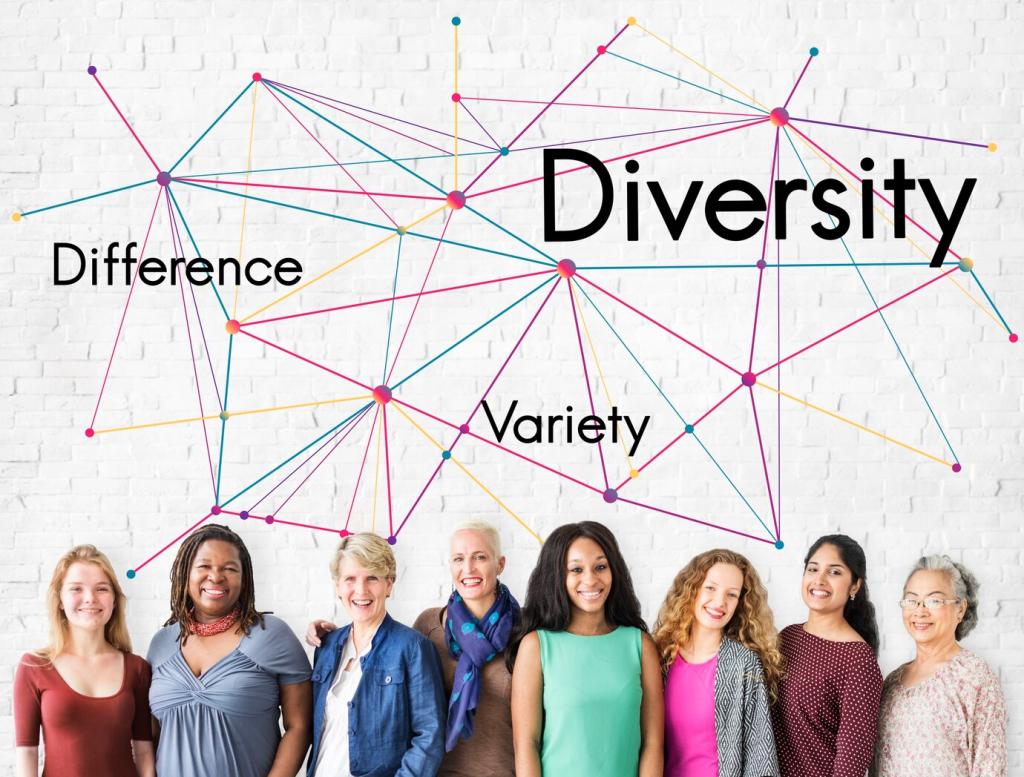Stories We Carry: Narratives, Symbols, and Language
Desert painting maps waterholes and songlines; tukutuku panels echo genealogy and seasonal cycles. Patterns operate as teaching tools, prompting questions about origin, responsibility, and balance. The more you look, the more the design reveals obligations to community and Country.
Stories We Carry: Narratives, Symbols, and Language
Raven, Eagle, and Whale often appear as relatives rather than metaphors, reminding viewers that kinship extends beyond humans. These presences guide behavior, offer cautionary tales, and celebrate reciprocity, turning each image into a compass for shared ethical living.
Stories We Carry: Narratives, Symbols, and Language
Murals, prints, and beadwork increasingly incorporate words and syllabics, inviting learners to speak, sing, and write. Art becomes a classroom without walls, where vocabulary grows alongside pride, and every exhibition doubles as an invitation to practice and preserve language.





